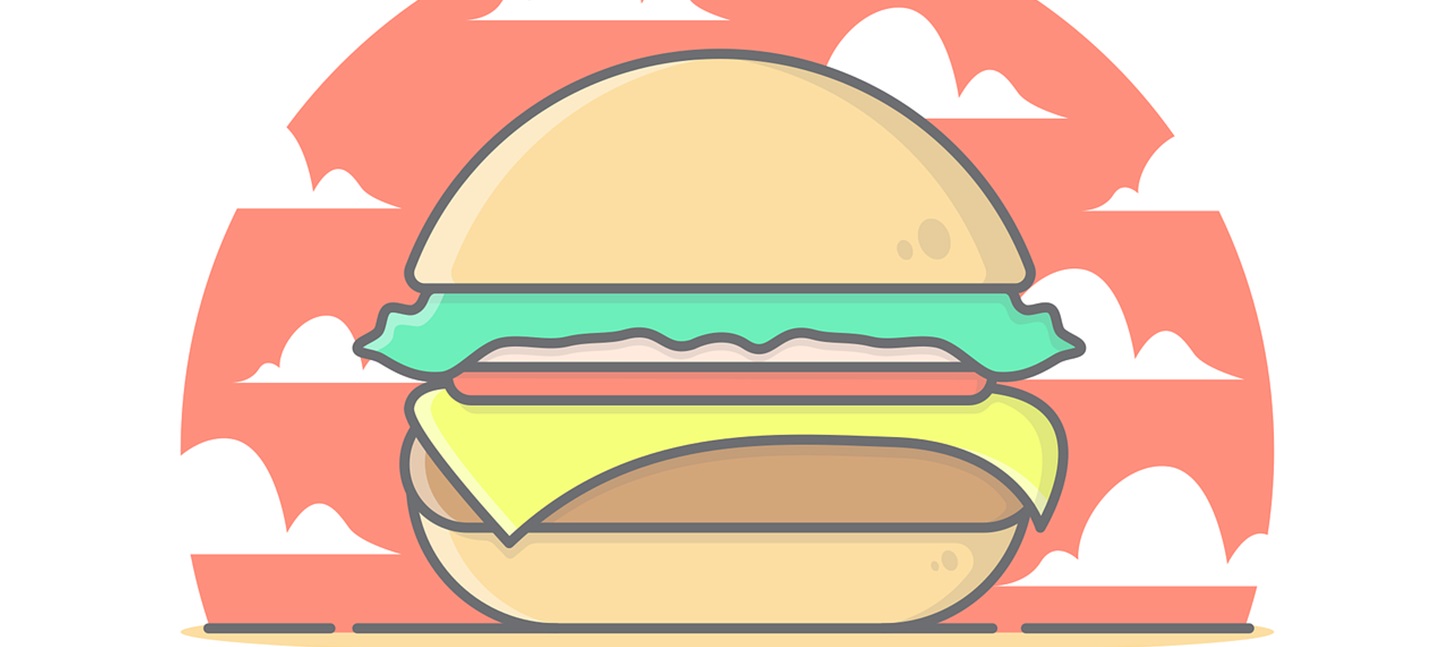Category: Opinion
Disclaimer: The opinions expressed in these texts are those of the authors and do not necessarily reflect the official policy or position of Nordiclarp.org or any larp community at large.
-

Why I hate post-larp compliment threads
Compliment threads are a quite common phenomenon after a larp. So why does it always make me slightly uncomfortable and anxious?
-

Grief in Larp: Bleeding Through Two Lives
By weaving empathy, safety, and self-awareness into the fabric of larp, participants can transform grief from an overwhelming experience to an opportunity for collective healing and deeper connection, says Lyssa Greywood.
-

Savoring Sameness: Hamburger larps
in
Whereas a blockbuster larp might be compared to attending a Broadway show one time, a hamburger larp is the pub you go to after work, or the community center at which you meet your friends on weekends.
-

Nordic Larp is not ”International Larp”: What is KP for?
in
International larp is a tremendous thing, and it deserves to thrive and grow. But not at the expense of the Nordic larp that it borrows so heavily from.
-

Debauchery: Meh
in
Anyone can come up with an excuse to put a bunch of people in a house to lust after each other and call it a larp.
-

Inclusion in Larp: Between Challenge and the Experience of Limits
in
All those who are active in the field of larp, as organisers or players, have to face the fact that needs arising from diversity have to be recognised and accommodated. It is irrelevant whether a person is disabled or not: every person has needs arising from their background.
-

Good Cakes, Bad Cakes: Character and Contact Design as a Factor of Personal Game Experience
in
Compared to free player-driven contact creation, contact design by the organisers is a stronger promise to me and other players struggling with uncertainty on whether we too will be relevant and included.
-

Seeds of Hope: How to Intertwine Larp and Ecological Activism
in
What could we bring into larp from the climate crisis? And what can we take home that could have an actual influence on how we act to mitigate the disaster we are living in?
-

For Design
in
A response to the recent article ‘Against Design’ by Widing & Nordwall, arguing for the essentialness of design in larp practice.
